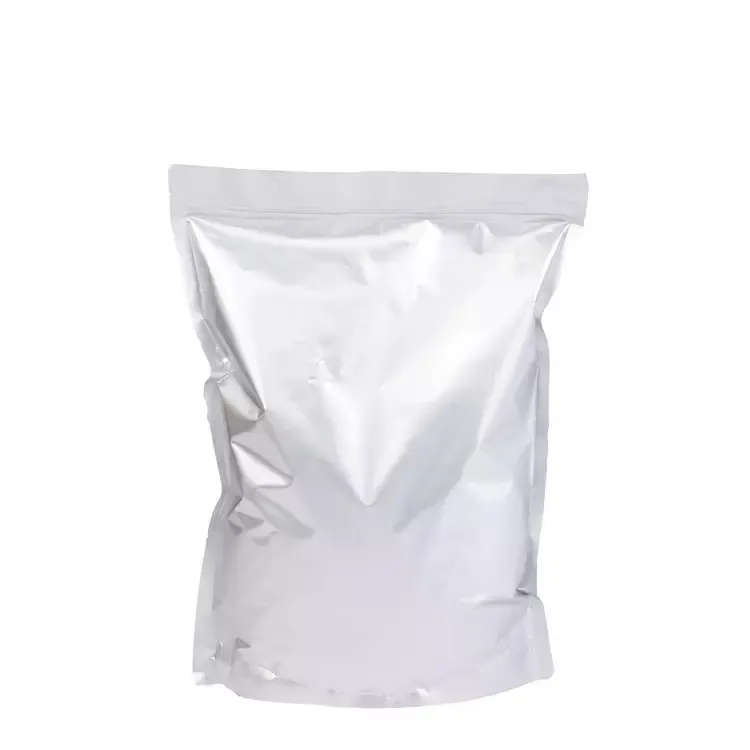Warning: Undefined array key "title" in /home/www/wwwroot/HTML/www.exportstart.com/wp-content/themes/1198/header.php on line 6
Warning: Undefined array key "file" in /home/www/wwwroot/HTML/www.exportstart.com/wp-content/themes/1198/header.php on line 7
Warning: Undefined array key "title" in /home/www/wwwroot/HTML/www.exportstart.com/wp-content/themes/1198/header.php on line 7
Warning: Undefined array key "title" in /home/www/wwwroot/HTML/www.exportstart.com/wp-content/themes/1198/header.php on line 7
- Afrikaans
- Albanian
- Amharic
- Arabic
- Armenian
- Azerbaijani
- Basque
- Belarusian
- Bengali
- Bosnian
- Bulgarian
- Catalan
- Cebuano
- China
- China (Taiwan)
- Corsican
- Croatian
- Czech
- Danish
- Dutch
- English
- Esperanto
- Estonian
- Finnish
- French
- Frisian
- Galician
- Georgian
- German
- Greek
- Gujarati
- Haitian Creole
- hausa
- hawaiian
- Hebrew
- Hindi
- Miao
- Hungarian
- Icelandic
- igbo
- Indonesian
- irish
- Italian
- Japanese
- Javanese
- Kannada
- kazakh
- Khmer
- Rwandese
- Korean
- Kurdish
- Kyrgyz
- Lao
- Latin
- Latvian
- Lithuanian
- Luxembourgish
- Macedonian
- Malgashi
- Malay
- Malayalam
- Maltese
- Maori
- Marathi
- Mongolian
- Myanmar
- Nepali
- Norwegian
- Norwegian
- Occitan
- Pashto
- Persian
- Polish
- Portuguese
- Punjabi
- Romanian
- Russian
- Samoan
- Scottish Gaelic
- Serbian
- Sesotho
- Shona
- Sindhi
- Sinhala
- Slovak
- Slovenian
- Somali
- Spanish
- Sundanese
- Swahili
- Swedish
- Tagalog
- Tajik
- Tamil
- Tatar
- Telugu
- Thai
- Turkish
- Turkmen
- Ukrainian
- Urdu
- Uighur
- Uzbek
- Vietnamese
- Welsh
- Bantu
- Yiddish
- Yoruba
- Zulu
дец . 30, 2024 18:35 Back to list
understanding xanthan gum e415 benefits and its ...
Understanding Xanthan Gum (E415) Benefits and Its Applications
Xanthan gum, a polysaccharide, is widely recognized as an essential food additive, classified under the European food additive code E415. It is produced through the fermentation of carbohydrates by the bacterium Xanthomonas campestris. Its multifaceted properties make it a valuable ingredient in various industries, particularly food, cosmetics, and pharmaceuticals.
What is Xanthan Gum?
Xanthan gum is a natural thickening and stabilizing agent that enhances the texture and consistency of a wide array of products. It is gluten-free and non-toxic, making it an excellent alternative for individuals with dietary restrictions or allergies, particularly those who adhere to a gluten-free diet. The substance's unique structure allows it to thicken liquids significantly, providing viscosity without the need for large quantities.
Benefits of Xanthan Gum
1. Thickening Agent One of the primary uses of xanthan gum is as a thickening agent. It is commonly used in salad dressings, sauces, and soups to create a desired texture. It does this by forming a gel-like consistency when dispersed in liquid, allowing for better mouthfeel and enhanced culinary experiences.
2. Stabilization and Emulsification Xanthan gum is an exceptional stabilizer, preventing the separation of ingredients in emulsified products like mayonnaise and salad dressings. Its ability to maintain homogeneity ensures that the product remains uniform throughout its shelf life. This has significant implications in extending the shelf life of food products, reducing waste, and improving consumer satisfaction.
3. Gluten-Free Baking For those who cannot consume gluten, xanthan gum is a vital ingredient in gluten-free baking. It mimics the properties of gluten, providing elasticity and structure to bread and pastries. By replacing gluten, xanthan gum helps achieve the desired texture and rise, making gluten-free products more palatable and appealing.
understanding xanthan gum e415 benefits and its ...

4. Health Benefits Xanthan gum may also offer health benefits. As a soluble fiber, it can aid in digestion and improve gut health by promoting regular bowel movements. Furthermore, it has been shown to help regulate blood sugar levels and may assist in weight management by increasing feelings of fullness when consumed.
5. Culinary Versatility Xanthan gum's versatility allows it to be used in various culinary applications beyond traditional food products. It is also utilized in gluten-free sauces, ice creams, and dairy products. Its ability to operate effectively across a wide range of temperatures and pH levels makes it particularly flexible for food scientists and chefs.
6. Pharmaceutical and Cosmetic Uses Beyond the kitchen, xanthan gum is included in many pharmaceutical formulations as a stabilizer and thickener, enhancing the texture and consistency of syrups and gels. In the cosmetic industry, it functions as a thickening agent in lotions and creams, contributing to the aesthetic appeal and sensory experience of personal care products.
Considerations When Using Xanthan Gum
While xanthan gum is widely recognized for its benefits, it is essential to use it effectively to prevent potential issues. Overuse can lead to an excessively thick or gummy texture in food products. The appropriate amount typically ranges from 0.5% to 1% of the total dry ingredients in recipes, but it’s advisable to start with a smaller quantity and gradually increase it while testing the results.
Additionally, some individuals may experience digestive discomfort when consuming large amounts of xanthan gum, particularly those with sensitive digestive systems. It is always recommended to consult a healthcare professional if there are concerns regarding dietary changes.
Conclusion
Xanthan gum (E415) stands out as a versatile and functional ingredient across various sectors, offering numerous benefits ranging from enhancing food texture to improving product stability. Its ability to cater to diverse dietary needs, such as gluten-free diets, further underscores its importance in modern culinary practices. As industries continue to innovate and look for healthier alternatives, xanthan gum's role is poised to expand, benefiting both consumers and manufacturers alike. Whether in kitchens or laboratories, understanding and harnessing the power of xanthan gum can lead to improved products and nourishing experiences.
Latest news
-
Certifications for Vegetarian and Xanthan Gum Vegetarian
NewsJun.17,2025
-
Sustainability Trends Reshaping the SLES N70 Market
NewsJun.17,2025
-
Propylene Glycol Use in Vaccines: Balancing Function and Perception
NewsJun.17,2025
-
Petroleum Jelly in Skincare: Balancing Benefits and Backlash
NewsJun.17,2025
-
Energy Price Volatility and Ripple Effect on Caprolactam Markets
NewsJun.17,2025
-
Spectroscopic Techniques for Adipic Acid Molecular Weight
NewsJun.17,2025

